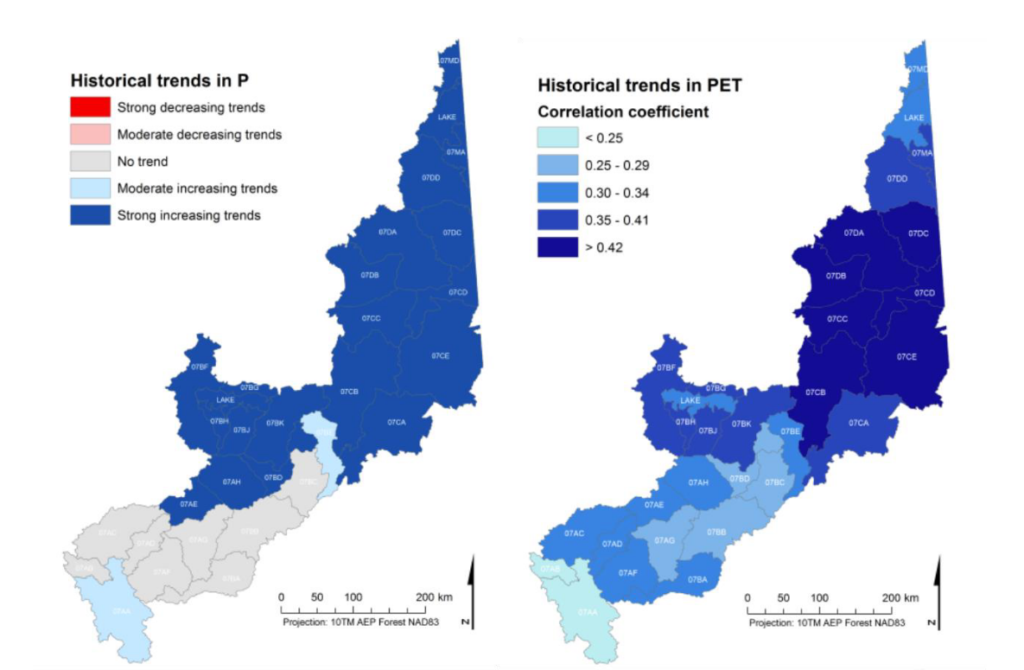Ashely Johnson, Science and Education Coordinator
written on July 15th, 2021
If you’re anything like me, you were somewhat shocked by the heatwave we experienced at the end of June into the beginning of July. I thought it would be a one-off event this summer, but then the next round of heat warnings and plus 30-degree Celsius weather came back. The grass on the lawn is brown and my house plants are wilting. With such extreme temperatures, and news of wildfires burning in western Canada, it’s hard not to think about climate change.
Since I started working for the Athabasca Watershed Council at the beginning of July, I couldn’t help but link my thoughts on climate change to the Athabasca watershed. The Athabasca River watershed covers 24% of the province, and is a hugely important water source for all of us living in this chunk of Alberta. Anything that happens to the watershed has the potential to impact thousands of lives, and we’ve already seen the aftermath of fires in the wake of the 2011 Slave Lake Fire and the 2016 Fort McMurray Fire. So, how else could climate change impact those of us living in the Athabasca River watershed?
I did a little bit of research, and to think about the answer to that question we need to know what is specifically being influenced by climate in the watershed. Looking at the State of the Athabasca Watershed summary report let’s pay attention to two main factors: precipitation (a water input for the watershed) and evapostranspiration (water loss).

Some predictions have suggested that evapotranspiration will increase faster than precipitation. In other words, climate change might mean that there will be less water available for use in the future. That’s where management strategies to mitigate climate change and increase ecosystem resilience will be important as water use increases while water availability may start to decrease.
If you’re interested in reading more about this topic, check out the resources linked below: